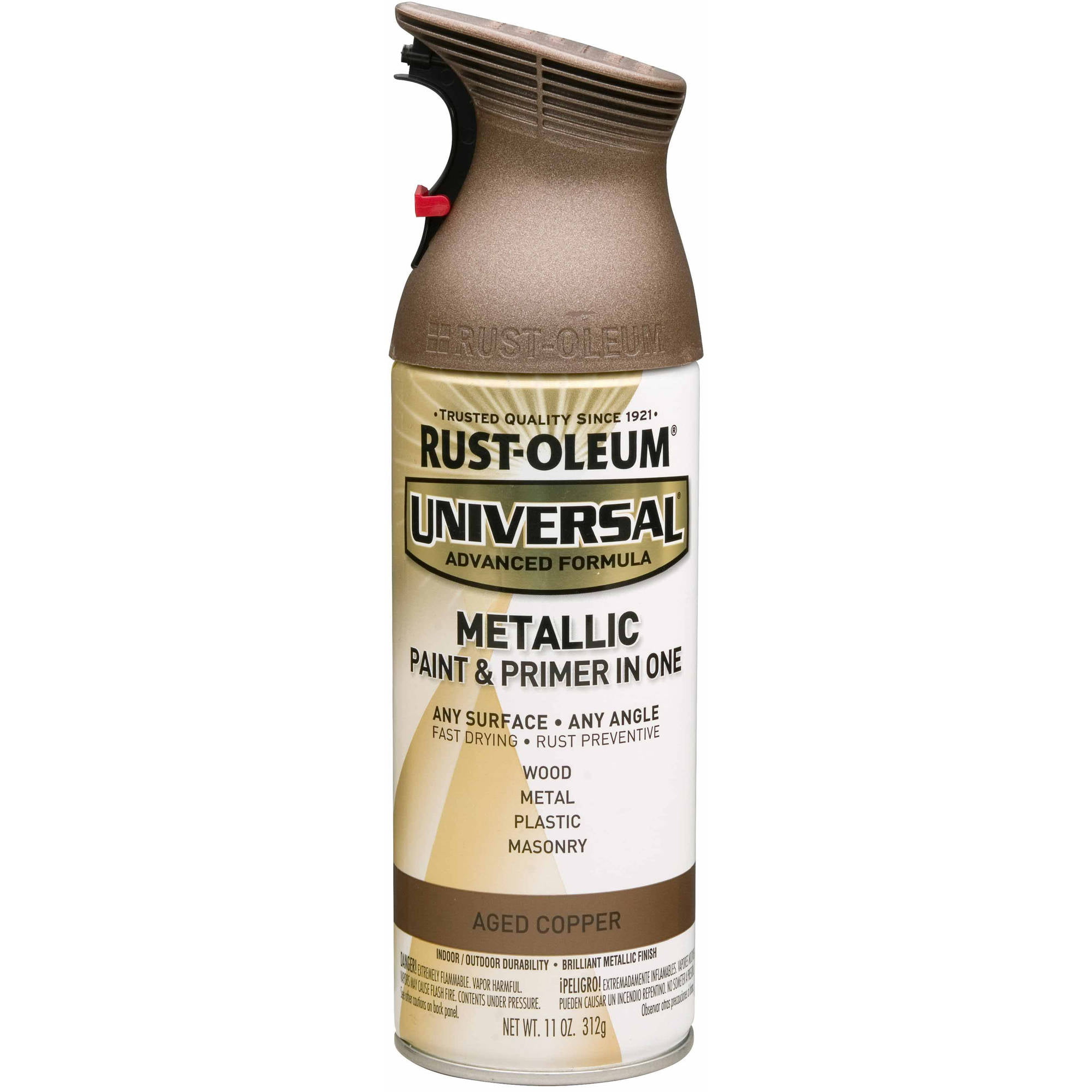
Copper is also susceptible to attack by volatile organic acids such as acetic acid. Copper sulfide spreads at a slower rate than silver sulfide. These sulfides grow through pores and produce dark spots that can spread over the gold surface. Under atmospheric conditions, copper and silver react with reduced sulfur-containing gases, mainly hydrogen sulfide (H 2S) and carbonyl sulfide (COS), to form copper sulfide (Cu 2S) and silver sulfide (Ag 2S), respectively.

This section focuses on the corrosion of two common substrate metals, copper (Cu) and silver (Ag). This is a galvanic effect caused by the noble (cathodic) gold layer in contact with an active (anodic) substrate. The metal corrosion rate through pores in the gold is often accelerated relative to the rate in the absence of a gold layer. For example, the mercury gilding process, which is based on applying a mercury-gold amalgam to a metal followed by heating to remove the mercury, produces a porous gold layer. If the finish is not pore-free, the underlying metal is exposed to the environment and so is more likely to corrode. Gold finishes, if pore-free, protect the substrate metal from corrosion. A sensitive spot test that conservators can use to test for gold is based on the formation of colloidal gold. Under certain conditions, colloidal gold has a purple color (‘purple of Cassius’). The complex can also be reduced, using acidic tin (II) chloride solutions, to colloidal gold. This complex can react with ammonia or ammonium salts to form explosive gold compounds (‘fulminating gold’). An example of a stable gold (III) complex is –, formed when gold reacts with aqua regia (3 parts hydrochloric acid and 1 part nitric acid). Such complexes act as intermediates in gold recovery processes. Stable gold (I) complexes form when gold reacts with alkaline cyanide or acidic thiourea solutions. In oxidizing media containing complexing agents, such as cyanides (CN –) or chlorides (Cl –), gold dissolves to form stable complexes, usually with gold in the +1 or +3 oxidation states. In a non-complexing environment, gold remains in the elemental state. Gold chemistry depends on whether the corrosive medium is non-complexing or complexing. Gold (Au) is often called the noblest of noble metals because of its remarkable resistance to corrosion. The last section briefly deals with corrosion prevention. Such a ternary alloy may be present in the gilding layer, which is rarely pure gold, or in the metal under the gilding. Section three describes the corrosion of ternary alloys of gold, silver, and copper. Typical corrosion problems of two common substrate metals, copper and silver, are addressed.

The next section deals with porosity in a gilding layer and the conditions responsible for the corrosion of the underlying (substrate) metal.

Section one covers the physical and chemical properties of pure gold, including the special conditions under which gold does corrode. Through the ages, the attraction of gold has always been its excellent chemical stability in the natural environment, gold does not, in general, corrode. It is intended as a review to provide conservators of gold or gilded objects with relevant information about corrosion and corrosion prevention. This paper summarizes information about the corrosion chemistry of gold, gold alloys, and gilded silver and copper.


 0 kommentar(er)
0 kommentar(er)
